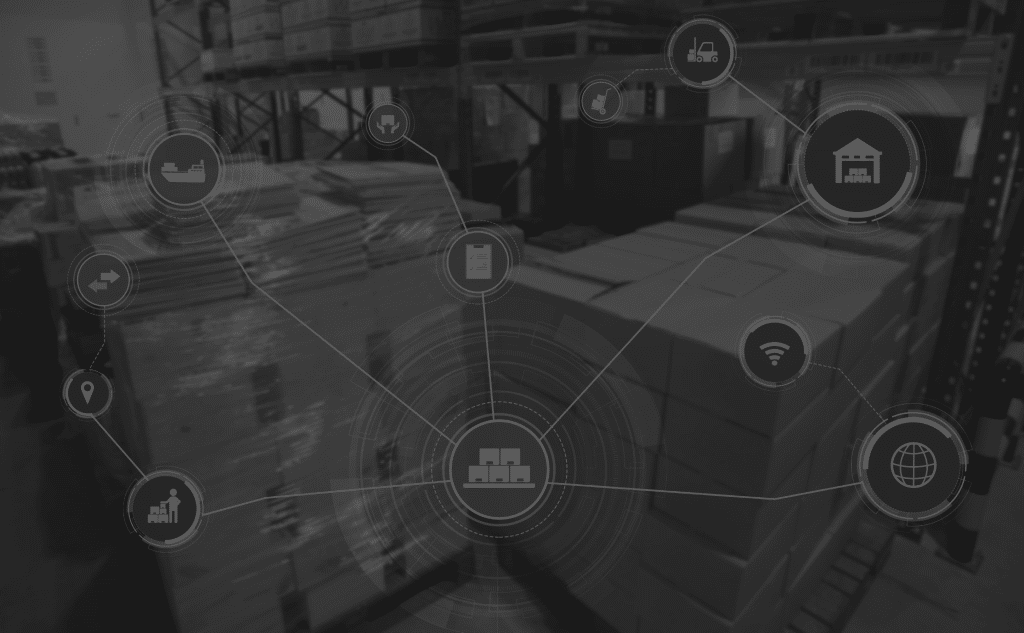Circular Supply Chains for a Sustainable Future.

In today’s environmentally aware world, traditional linear supply chains are under scrutiny. Businesses need to move beyond just reducing waste and focus on renewing resources. This is where circular supply chains come in.
By using circular supply chain practices, businesses can boost sustainability and gain a competitive edge. Let’s see how supply chain managers and sustainable businesses, can transform their operations with circular supply chains.
Understanding Circular Supply Chains.
A circular supply chain is a model that focuses on extending the lifecycle of products and materials. Unlike the linear supply chain, which follows a ‘take, make, dispose’ approach, the circular supply chain aims to ‘close the loop.’ It involves reusing, repairing, refurbishing, and recycling existing materials and sustainable products to create a cycle that minimizes waste and maximizes resource efficiency.
Supply chain professionals should understand that a circular supply chain requires a shift in mindset. They see products not as disposable items but as valuable assets that can be continuously returned to the supply chain. This method reduces carbon emissions and promotes sustainable practices that benefit both businesses and the environment.
Management of Supply Chain Circularity:

To build a circular supply chain, supply chain leaders must adhere to three key principles:
Design Out Waste and Pollution
The first principle is to design out waste and pollution from the beginning. This involves creating products that are durable, easy to repair, and made from recyclable materials. By doing so, typical consumer goods companies can significantly reduce their environmental footprint.
Keep Products and Materials in Use
The second principle is to keep products and materials in use for as long as possible. This can be achieved through strategies like reverse logistics, where products are returned for reuse, repair, or refurbishment. This not only improves material security but also lowers the risk of raw material price changes.
Regenerate Natural Systems
The third principle involves regenerating natural systems. This means using processes that restore, renew, or revitalize their own sources of energy and materials. For example, businesses can adopt practices that improve soil health, increase biodiversity, or sequester carbon, thus contributing positively to the environment.
Real-World Case Studies
Several companies have successfully implemented circular supply chain practices, providing valuable lessons for others looking to do the same.
Philips
Philips, a global leader in health technology, has embraced circular economy principles by offering products as a service. Instead of selling medical equipment outright, they rent it to hospitals, ensuring that the equipment is returned for refurbishment and reuse. This approach has helped Philips reduce waste and promote sustainable practices.
Levi Strauss & Co.
Levi Strauss & Co. has a program called “Buy Better, Wear Longer,” which encourages customers to buy long-lasting jeans and return them for recycling when they are worn out. This initiative has helped Levi’s close the loop on their product life cycle and reduce their environmental impact.
IKEA
IKEA has set ambitious goals to become a fully circular business by 2030. They are investing in reverse logistics to take back old furniture and recycle the materials. Additionally, they design products that can be easily disassembled and reused, further promoting sustainable practices.

The Future of Circular Supply Chains
The future of circular supply chains is promising, with several emerging trends and technologies actively shaping its evolution towards sustainability and efficiency. This shift not only enhances environmental responsibility but also provides economic benefits and addresses consumer demand for sustainable practices.
Digital Innovation
Digital technologies such as IoT (Internet of Things) and blockchain are transforming business operations. They enhance tracking and transparency within supply chains. IoT devices track products throughout their life cycle, gathering data to ensure efficient reuse and recycling. Also, blockchain offers secure and verifiable transaction records. This builds trust with stakeholders and consumers. These innovations streamline information flow, helping businesses cut waste and make better use of resources.
Collaborative Platforms
Collaboration is key to a successful circular supply chain. Platforms that connect manufacturers, suppliers, and recyclers are crucial for strengthening the supply chain. These platforms foster innovation and resource sharing, helping different groups work together more effectively.
Manufacturers can gather improvement ideas from suppliers, while recyclers provide insights on end-of-life product management. Such partnerships promote circular practices, benefiting everyone involved.
Policy and Regulation
Governments around the world are recognising the importance of circular supply chains and are placing supportive policies and regulations. These may include incentives for businesses that prioritize recycling and sustainable practices, as well as penalties for wasteful behaviors. Such regulations are aimed at driving more businesses to adopt circular models, which not only help reduce environmental impacts but also promote economic resilience. As these policies gain traction, businesses will be more inclined to incorporate circular principles into their operations, contributing to a more sustainable global economy.

Implementing a Circular Supply Chain
For businesses looking to start or enhance their circular supply chain, here are some practical steps:
Foster Collaboration
Collaboration with stakeholders, including suppliers, customers, and recyclers, is essential. By working together, businesses can share resources, knowledge, and infrastructure to support circular practices.
Innovate Always
Innovation is crucial for the success of a circular supply chain. Businesses must invest in research and development to create new products and processes that align with circular economy principles.
Measure Success
Tracking the success of circular initiatives is crucial. Businesses should track key metrics such as waste reduction, resource efficiency, and environmental impact to ensure their practices are effective and improving over time.

Impact and Benefits of Circular Supply Chains
Adopting circular supply chains offers numerous benefits for businesses and society.
Environmental Benefits
Circular supply chains help reduce carbon emissions, decrease waste, and preserve natural resources. This contributes to a healthier planet and mitigates the impacts of climate change.
Economic Benefits
Businesses can achieve cost savings by reducing waste and improving resource efficiency. Additionally, circular practices can open up new revenue streams through the resale of refurbished products and recycling of materials.
Social Benefits
Circular supply chains promote social responsibility by creating jobs in the recycling and refurbishment industries. They also contribute to the well-being of communities by reducing pollution and conserving resources.

Conclusion
Transitioning to a circular supply chain is essential for businesses to succeed in a sustainable future. By adopting circular supply chain principles, companies can gain significant environmental, economic, and social advantages. Philips, Levi Strauss & Co., and IKEA show that closing the loop is achievable and can lead to a more sustainable world.
For supply chain professionals and sustainable businesses, the time to act is now. Start by encouraging collaboration, innovating consistently, and evaluating your progress. These efforts will lead to a stronger supply chain and a healthier planet.
Discover circular supply chains and start your sustainability journey by checking out our resources. Subscribe for updates on the latest trends and practices in sustainable supply chain management.
Frequently Asked Questions.
A circular supply chain is a system where products, materials, and resources are reused, remanufactured, refurbished, and recycled to minimize waste and make the most out of available resources. Unlike traditional linear supply chains, which follow a take-make-dispose model, circular supply chains aim to maintain the value of products and materials for as long as possible.
Circular supply chains offer multiple benefits for businesses, including cost savings from reduced waste and increased resource efficiency. They also open new revenue streams through the resale of refurbished products and recycled materials. Moreover, adopting circular practices can enhance a company’s brand image and meet growing consumer demand for sustainability.
To start or enhance a circular supply chain, businesses should:
- Foster collaboration with stakeholders like suppliers, customers, and recyclers.
- Innovate continuously to develop new products and processes aligned with circular economy principles.
- Measure success by tracking metrics such as waste reduction, resource efficiency, and environmental impact.
The transition to a circular supply chain is essential for businesses to thrive in a sustainable future. Implementing circular principles helps reduce environmental impact, promote economic benefits, and contribute to social well-being. It is an effective strategy to build resilience and ensure long-term success in a rapidly changing world.